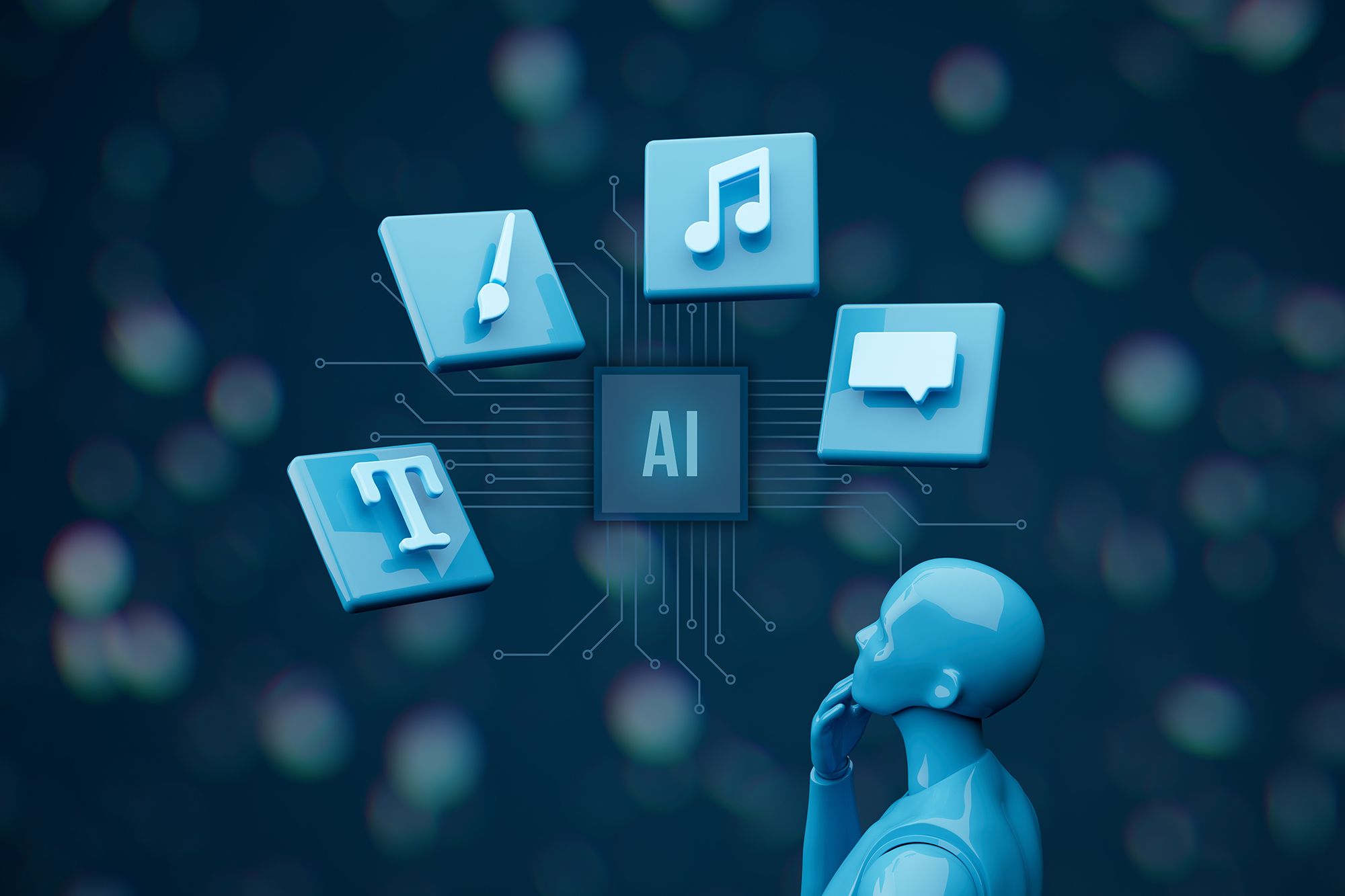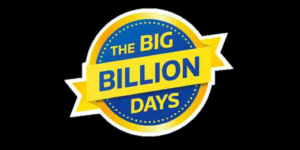A new day, a new AI tool in the market—and it could be for any application.
Take, for instance, Google’s new tool, NotebookLM. While many users anticipated a summarisation tool to help with the same old note-taking tasks—much like any other AI tool—Google had a surprise for them.
The platform’s new audio overview feature can turn any text or file into a fully automated podcast, showcasing a new level of multimodality — which refers to the ability of a system to integrate multiple forms of data, such as text, images, audio, and video. To make things more eerie, the podcast has natural sounding ‘um’ and pauses between each dialogue—akin to any human-generated podcast.
Google unveiled a larger application for AI with NotebookLM, where more than helping humans be more productive, generative AI (GenAI) is fundamentally reshaping how creative industries operate.
And startups and creators are not far behind in leveraging the technology to push the boundaries of content creation.
In the first half of 2024, funding for GenAI startups in India soared to $760 million, reflecting the market opportunities and investor confidence in this sector. In fact, an EY report suggests that India’s adoption of GenAI could add a staggering $359 – $438 billion to the country’s GDP.
As we embrace this technological leap, the big question remains—can GenAI truly replicate human creativity or pave the way for new forms of innovation?
Embracing the GenAI push
Entrepreneur and influencer Deepak Pareek, who hosts The Chill Hour Pod podcast, relies on OpenAI’s ChatGPT for research. He also utilises Descript for editing and transcription, Canva Magic Studio for designing and visuals, and Lumen5 to convert text into engaging videos.
“AI has been really helpful in my content creation journey so far, especially ChatGPT and Google Gemini. These tools have essentially been useful for research and ideation purposes. I play with these tools by giving interesting prompts to see varying results and use it to my benefit,” Pareek tells YourStory.
While the content creator uses Sprout Social to track engagement and analytics, he admits, “I don’t know if there’s any tangible metric to assess by using AI, though I’ve seen a sizeable difference in my engagement.”
Digital illustrator and content creator Abhijeet Sarkar sees AI as a creative assistant that helps with tasks like resizing designs or generating elements, allowing him to focus on brainstorming and artistic details that make his work unique.
“AI tools let me work faster, try out creative ideas I might not have thought of, and deliver more polished content. This helps me stand out in a crowded space because I can offer high-quality work without spending as much time,” Sarkar explains.
He adds, “It’s also allowed me to experiment with styles and trends I wouldn’t have tried before. This has boosted my reach and engagement because people love seeing fresh and exciting ideas.”
Tech influencer Dhananjay Bhosale agrees, saying, “These tools help me work smarter and faster while keeping my content high-quality and fun for my audience. In a crowded space like tech content, AI lets me try new ideas, improve my videos, and connect better with my followers. This makes a huge difference and gives me an edge over others.”
Startups, too, are rallying to cater to the growing demand.
Google-backed Kuku FM, for instance, uses GenAI to streamline content creation. The platform offers exclusive audio content, including audiobooks, podcasts, and talk shows, with a focus on personalisation.
“Our focus behind using GenAI is to enable anyone to become a creative producer. We empower people to script, record, provide voice-over, etc., and create a show from scratch till the end with multiple engaging episodes,” Vinod Kumar Meena, Co-founder and COO of Kuku FM, tells YourStory.
Besides offering AI tools for writing, editing, and voice production, Kuku FM uses custom GenAI models for each genre to predict listener drop-offs, engagement, and episode completion.
This, according to Meena, has helped the company triple its content production capacity while reducing costs in the past few years. However, he agrees that GenAI can’t understand emotions.
“GenAI still faces challenges in understanding the nuances of human
emotions and feelings. Hence, emotional prompting remains a challenge. This is where human intervention is key to accurately modify the prompt or content,” he adds.
Another GenAI use case is the time-consuming process of video editing. Delhi startup Frammer AI helps convert long videos into short snippets, catering to media houses like The India Today Group and Zee News.
Founded by former NDTV executives Suparna Singh, Kawaljit Singh Bedi, and Arijit Chatterjee, Frammer AI helps businesses convert a 30-minute video into 35 short packages in just five minutes.
“We have been getting a large number of requests from sports and entertainment publishers, especially the OTT platforms. Frammer’s ability to convert landscape to vertical is a huge draw for these companies. They also reach out to explore leveraging and monetising the large volume of archives these companies are sitting on,” says co-founder Arijit Chatterjee.
Similarly, Bengaluru and San Francisco-based Unscript—founded by Ritwika Chowdhury, Akhil Menon, and Apurv Jain—offers dynamic video creation, converting a single photo into video with natural movements and lip-sync audio. It helps businesses create multilingual videos with synced lip movements, eliminating the need for voice artists.
“Today, companies spend enormous resources on hiring influencers and arranging shoots—a process that’s time-consuming and expensive. With Unscript, businesses can instantly generate social media videos using our extensive stock influencer library, eliminating the need for physical shoots and complex hiring processes,” says Unscript CEO.
Similarly, San Francisco-based online video creation platform InVideo offers users a library of over 5,000 customisable templates and AI tools, including text-to-video conversion, for quick video creation for social media and marketing content.
“Think of it as hiring a freelancer who’s instantly available at your service. Based on your brief, the AI acts as a director—writing the script, guiding the video creation, and giving you publishable output in a far more compressed time—without all the communication overhead that comes with hiring a freelancer,” explains Sanket Shah, Co-founder and CEO of InVideo.
Tapping the opportunity
Rapidly reshaping creative industries, GenAI is projected to become a $10 billion+ market in the coming years, says Unmesh Kulkarni, Head of GenAI at Tredence, a global data science and AI solutions company.
He believes AI-generated music, audio content, and videos are poised to be the next big areas of disruption.
“Over the past 18 months, we have developed and deployed multiple “studio” applications for sales and marketing, content generation, and personalisation, which have seen significant adoption,” he adds.
In fact, Kulkarni believes GenAI has a greater potential to revolutionise creative industries.
“Products like Adobe’s Firefly and Canva Magic Design are gaining traction in the broader market, while startups are innovating in areas like video creation, multimodal search, and content synthesis,” he says.
Meanwhile, consumer electronics giant Lenovo is leveraging GenAI and large language models (LLMs) to deliver tangible returns on investment, including cutting content creation costs by 70%.
“With models trained on vast datasets, GenAI now creates “original” works, often blurring the line between machine and human artistry, as seen with Théâtre D’opéra Spatial—a Midjourney-created piece that won a US art competition in 2022,” says Ankit Bose, Head of nasscom ai.
With the media and entertainment sector poised to be valued at $75 billion by 2027—driven by India’s increasing data consumption and investment in 5G/6G—Bose says it would create a strong environment for GenAI-powered innovation and strong returns.
He adds, “With the sector expected to grow at 9.7% annually—driven by OTT platforms, gaming, and traditional media—and projected demand for 22 million tech workers by 2025, GenAI offers long-term value.”
nasscom AI Foundry startups—XenReality and PharynxAI—are leading with rapid 3D content creation and multilingual humanoid avatars for customer engagement. Similarly, Sivi AI provides a multilingual design generator, creating ads, social posts, and banners in 72+ languages.
With the GenAI technology still in its infancy, significant investments—especially in native Indian foundational models and enterprise-grade applications—remain limited. According to Bose, this gap may present a challenge and an opportunity for India’s creative sector.
GenAI has, by and large, unlocked combinatorial creativity, which essentially leverages the existing body of knowledge and creates new content based on such an available and diverse pool, says Soniya Sadhnani, Manager – Seed Investments and Portfolio at .
“The investors are increasingly backing the use-cases, where a large amount of unstructured and multi-modal data can be leveraged for content generation,” she adds.
According to Sadhnani, advertising and marketing, design and architecture, and media and entertainment are some of the industries benefiting from the advent of GenAI.
AI may take time to fully understand human emotions, but one thing is certain: the rapid adoption of GenAI and the slow rise in investments showcase strong confidence in its potential, making it a catalyst to nurture creativity among artists and creators.
Doubling down on this idea, content creator Pareek says, “AI has been a game-changer for us. We’ve been using various platforms at our disposal that help us become more efficient. The best part about it is that it saves a lot of time—equivalent to saving money.”
“Most people are now aware of AI, and it is reaching the remotest corners of the world, which is great to see because it enables people to create content seamlessly,” he adds.




![Read more about the article [Funding alert] F&V startup Gourmet Garden raises Rs 25Cr led by Beyond Next Ventures, M Venture Partners and others](https://blog.digitalsevaa.com/wp-content/uploads/2021/07/Imageepjs-1625123295918-300x150.jpg)





